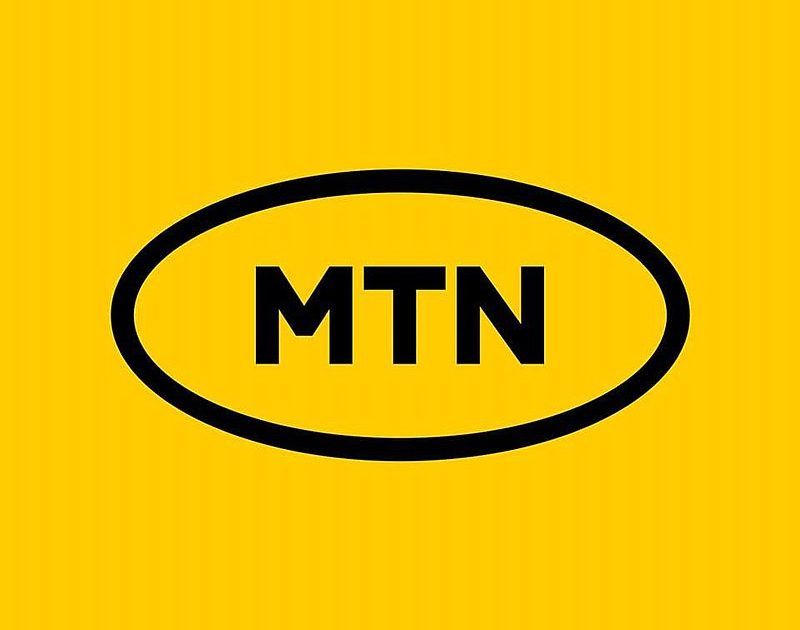The Pervasive Impact of Fibre Optic Cable Damage on Nigeria’s Telecoms Sector
Nigeria’s journey towards robust digital connectivity is facing a significant hurdle: the incessant damage to its fibre optic cable infrastructure. This critical infrastructure, the backbone of modern telecommunications, is constantly under threat from various sources, including construction activities, road projects, and most alarmingly, acts of vandalism. The financial implications of this constant damage are substantial, diverting crucial resources from network expansion and impacting the quality of service for millions of subscribers. MTN Nigeria, the country’s largest telecom operator, exemplifies the scale of this challenge. Over the past two years, the company has spent a staggering N11.1 billion on repairing and relocating 2,502 kilometers of damaged fibre optic cables. This significant expenditure, equivalent to the cost of laying an additional 870 kilometers of new fibre, underscores the profound impact of this issue on the growth and development of Nigeria’s digital economy. The persistent need for repairs effectively hinders network expansion, particularly in underserved areas, where the allocation of resources for infrastructure development is critical for bridging the digital divide.
The financial burden associated with fibre optic cable damage is a pervasive issue affecting telecom operators across Nigeria. MTN’s experience is not an isolated incident; other operators face similar challenges, impacting their ability to invest in network expansion and improve service quality. The allocation of substantial funds towards repairing damaged infrastructure diverts resources that could otherwise be used to extend coverage to underserved communities, thereby widening the digital divide. This constant cycle of damage and repair creates a financial drain on the industry, impacting its ability to contribute effectively to Nigeria’s overall economic growth. Furthermore, the disruption caused by cable cuts results in service outages, impacting businesses, individuals, and essential services that rely on reliable connectivity. This underlines the urgent need for a comprehensive approach involving government intervention, industry collaboration, and public awareness campaigns to address the root causes of fibre optic cable damage.
The causes of fibre optic cable damage are multi-faceted, ranging from accidental damage during construction and road projects to deliberate acts of vandalism. While accidental damage can be mitigated through improved coordination and communication between infrastructure developers and telecom operators, vandalism presents a more complex challenge requiring concerted efforts from various stakeholders. The GSMA Nigeria Digital Economy report highlights the alarming frequency of cable cuts, emphasizing the urgent need for effective measures to protect this critical national infrastructure. The report also highlights the disproportionate impact of cable cuts on underserved areas, where restoring connectivity often takes longer due to logistical challenges and limited resources. This further exacerbates the digital divide, highlighting the need for targeted interventions to protect critical infrastructure in these vulnerable regions.
The high cost of fibre optic cable maintenance and repair in Nigeria is a direct consequence of the persistent damage inflicted on this vital infrastructure. This cost is significantly higher compared to other regions where such damage is less frequent. The increased financial burden placed on telecom operators not only hinders network expansion but also impacts the affordability of services for consumers. The additional costs incurred due to repairs are often passed on to consumers, making internet access less accessible, particularly for low-income households. This underscores the importance of addressing the root causes of cable damage to reduce the financial burden on both operators and consumers, fostering a more inclusive digital economy.
The Nigerian government recognizes the importance of protecting critical national infrastructure, including telecoms infrastructure. The recently gazetted ‘Designation and Protection of Critical National Information Infrastructure Order, 2024’ aims to criminalize the willful damage of telecom infrastructure, including fibre optic cables. While the legislation is still under consideration, its enactment would provide a much-needed legal framework to deter vandals and hold those responsible for cable damage accountable. This legal framework, coupled with increased public awareness campaigns and collaborative efforts between government agencies, telecom operators, and local communities, is crucial for mitigating the risks and reducing the financial burden associated with cable damage.
The ongoing challenge of fibre optic cable damage poses a significant threat to Nigeria’s digital ambitions. The substantial financial burden placed on telecom operators, coupled with the disruption to services and the hinderance to network expansion, requires urgent and comprehensive action. The implementation of the proposed legislation to protect critical national infrastructure is a crucial step, but it must be complemented by sustained efforts to raise public awareness, improve coordination between infrastructure developers and telecom operators, and foster collaborative initiatives to address the root causes of cable damage. A successful approach requires a multi-stakeholder engagement, including government agencies, telecom operators, construction companies, and local communities, working together to protect this vital infrastructure and ensure Nigeria’s progress towards a robust and inclusive digital economy.


